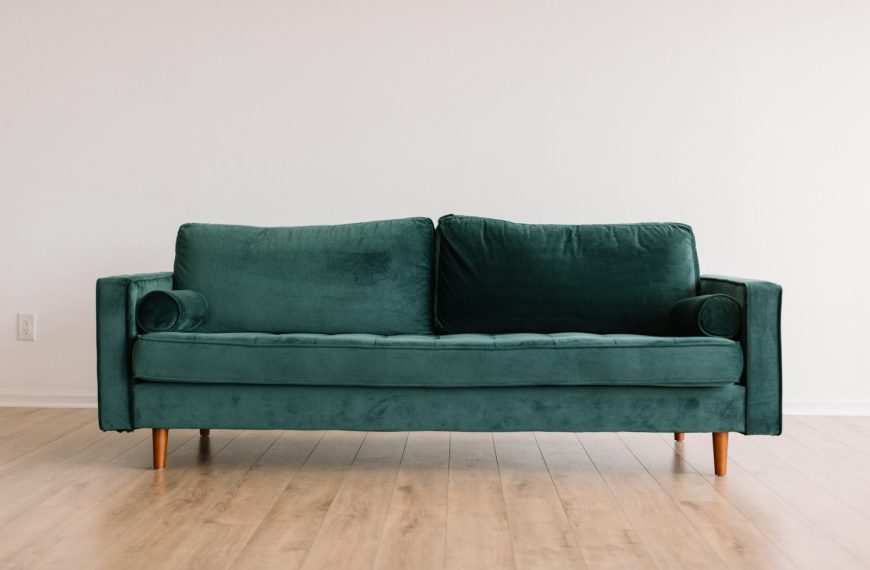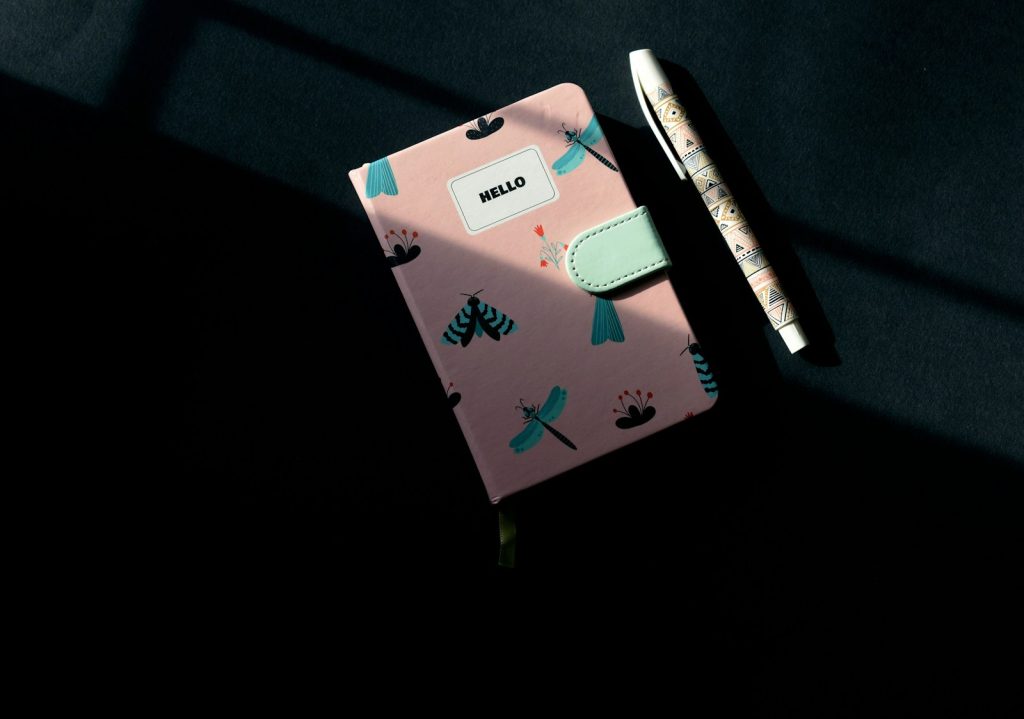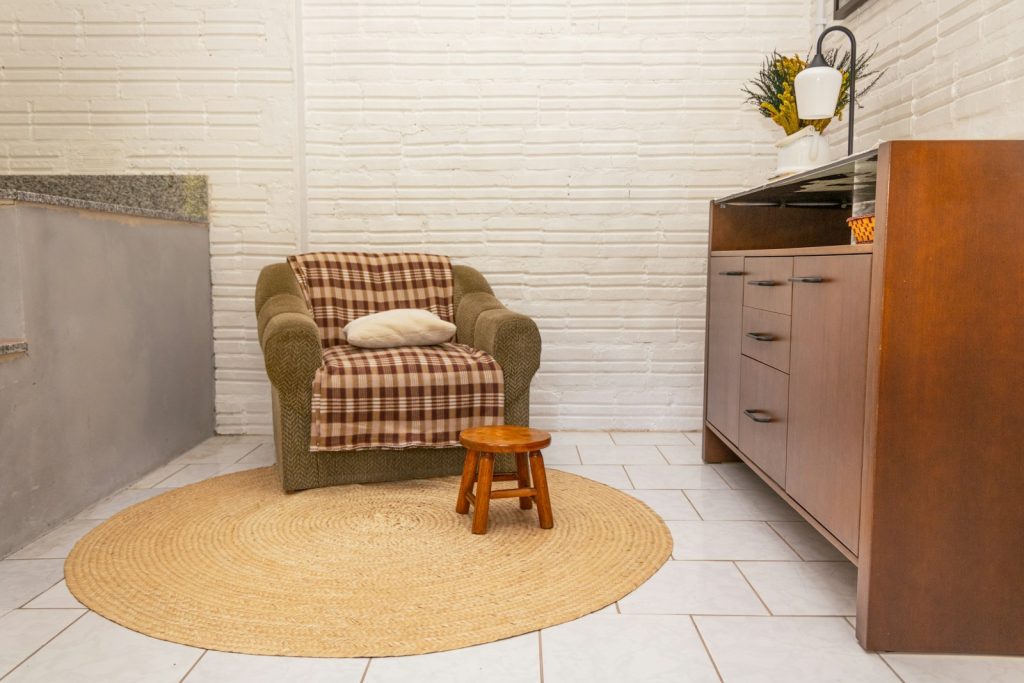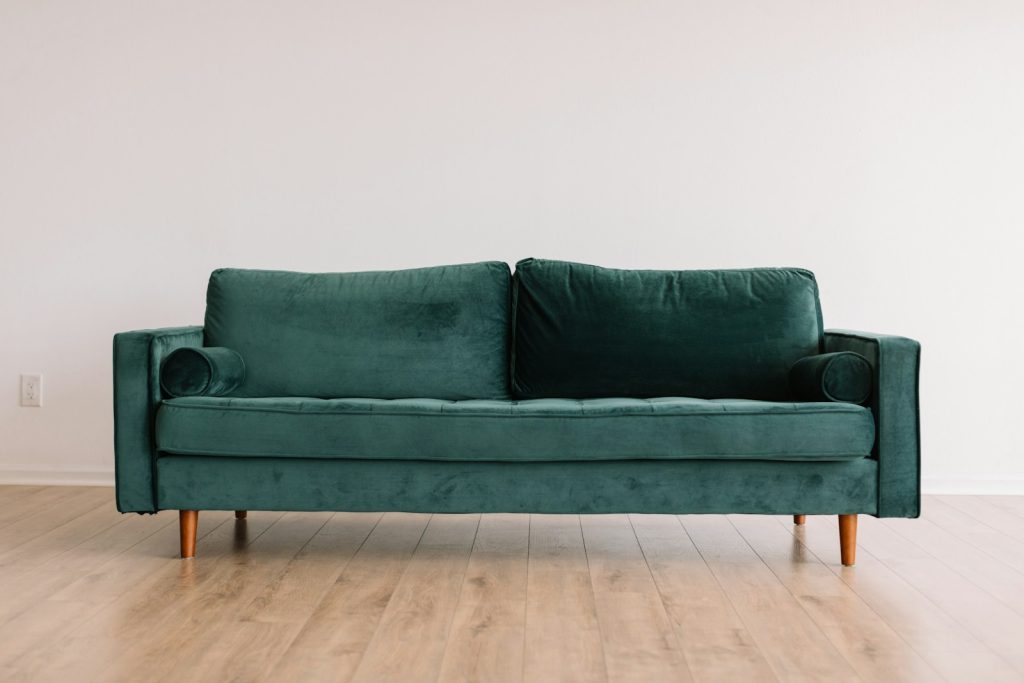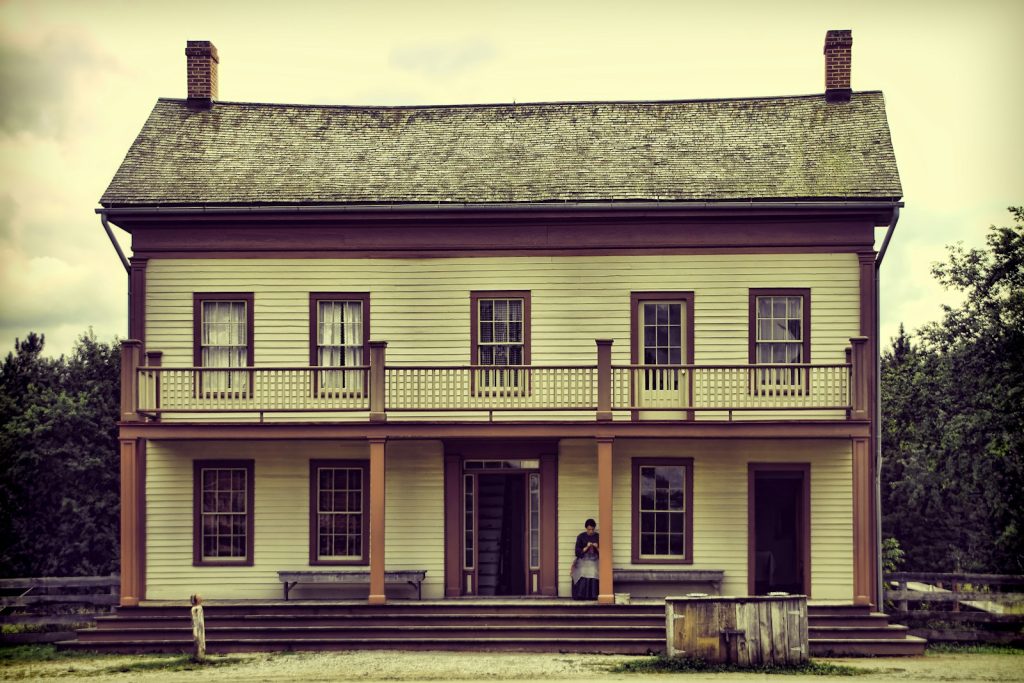Choosing the right paint color for a room can often feel like a monumental task. The hues you decide on have the power to evoke certain moods, highlight your favorite furniture, and even create the illusion of space. On the other hand, the wrong colors can cause rooms to feel small, cramped, or starkly impersonal. That’s why we’re going to explore the seven worst paint colors for any room. So, before you grab that paintbrush, consider avoiding these painting pitfalls.
1. Pitch Black

Pitch black might seem like a bold choice for a wall color, but it can quickly turn a room from cozy to claustrophobic. Unless you’re going for a gothic aesthetic or your room gets an abundance of light, it’s best to steer clear.
Dark colors absorb light instead of reflecting it, making the room feel smaller and more confined. Additionally, black walls can show every speck of dust and smudge, making your room look dirty even when it’s not. If you’re set on a dark color, consider a deep navy or charcoal gray instead. They can still achieve a dramatic effect without the downsides of pitch black.
2. Bright Yellow

While a soft, buttery yellow can be calming and cheerful, a bright, sunflower yellow can be overly stimulating and even lead to feelings of frustration or anger. This is especially true in high traffic areas or rooms where you want to relax.
Bright yellow is also a tricky color to match with furniture and décor. It can easily clash with other colors and patterns. If you’re looking for a pop of color, consider a muted mustard or a pastel yellow instead. They’re less likely to cause visual overload and are easier to incorporate into a color scheme.
3. Neon Colors

Neon colors might be fun for a party, but they’re typically not the best choice for a room’s primary color. They can be overwhelmingly bright, causing eye strain and tension.
Neon colors may also make your room look dated. They were a popular choice in the 80s and 90s but can look out of place in a modern home. If you love the vibrancy of neon, consider using it as an accent color instead. A neon throw pillow or piece of wall art can add a fun pop of color without being too intense.
4. Pure White

Pure white might seem like a safe choice, but it can often come off as stark, sterile, or impersonal. It can also show dirt and stains easily, making your room look less clean than it is.
If you’re looking for a light, neutral color, consider a soft gray or beige instead. They can still make a room feel bright and open without the harshness of pure white. You can also consider an off-white with undertones that match the rest of your color scheme.
5. Intense Red

While red can be a powerful and energizing color, it can also raise the heart rate and increase feelings of aggression if it’s too intense. This can be particularly problematic in a bedroom or other space meant for relaxation.
Instead of a bold, fire engine red, consider a softer, muted version like brick or maroon. These can still add warmth and drama to a room without the intense emotional response.
6. Dark Brown

Dark brown can make a room feel smaller and less inviting. It can also be a challenge to decorate around, as it can clash with many colors and styles.
If you love the richness of brown, consider a lighter shade like tan or taupe. These can add warmth and sophistication to a room without making it feel dark or heavy.
7. Bright Orange

Bright orange can be jarring and overwhelming, particularly in large quantities. It can also be challenging to match with other colors, making decorating a challenge.
If you’re drawn to the warmth of orange, consider a softer, more muted shade like peach or terra cotta. These can add a cozy, inviting feel to a room without being too overpowering.





